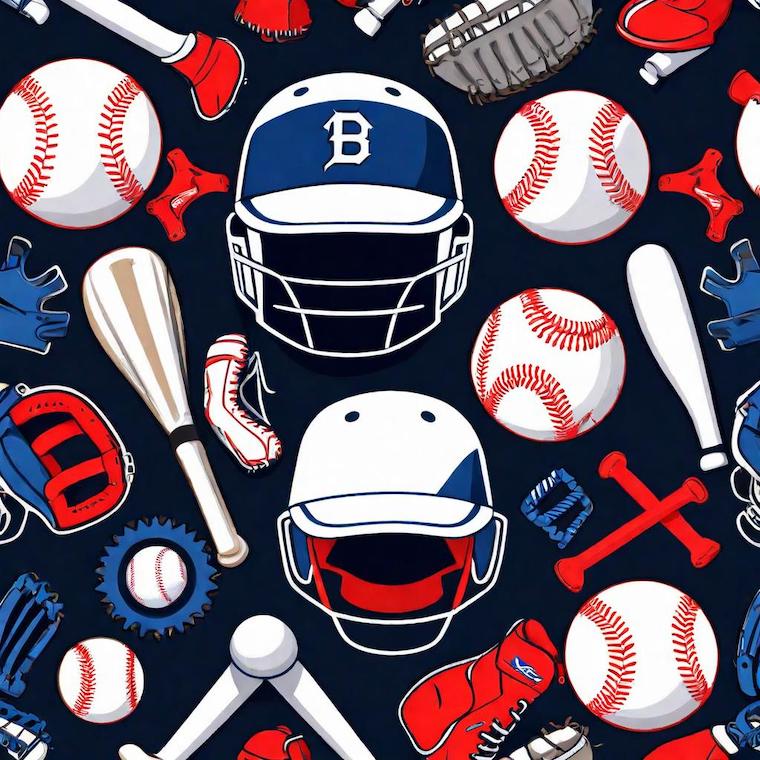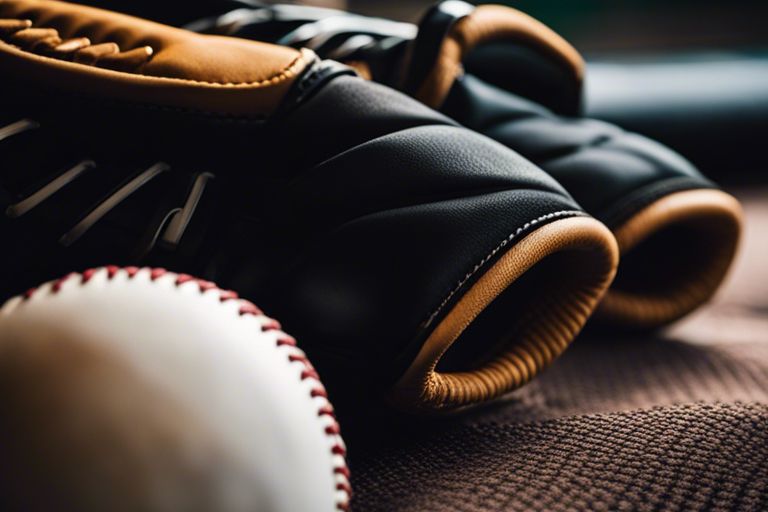Baseball, known as America’s favorite pastime, has a rich history that extends beyond the players and teams to the equipment they use. From the early days of makeshift gear to the cutting-edge technology of today, the evolution of baseball equipment mirrors the evolution of the game itself. This article explores how baseball equipment has evolved over time, highlighting its importance in enhancing player performance and safety.
The equipment used in baseball plays a crucial role in the game. Bats, gloves, cleats, and protective gear are essential elements that have undergone significant changes throughout history. Understanding the evolution of these key pieces of equipment not only provides insight into the game’s development but also sheds light on the innovations that have helped players perform at their best while staying safe on the field.
In this article, we will dive into the history and evolution of baseball bats, gloves, cleats, and protective gear. By examining the changes and advancements in these areas, we can gain a deeper appreciation for the game and the equipment that has helped shape it into the beloved sport it is today.
Evolution of Baseball Bats
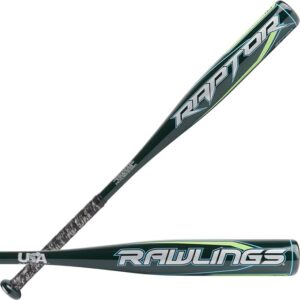
Baseball bats have undergone a remarkable evolution since the early days of the sport. Originally, bats were crafted from a variety of materials, including wood and even metal. These early bats were often homemade and varied widely in shape and size. As the sport progressed and standardized rules were established, the design and materials used in bats began to change.
One of the most significant advancements in baseball bat technology was the introduction of metal bats. In the 1970s, aluminum bats began to gain popularity due to their lighter weight and increased durability compared to traditional wooden bats. The use of metal bats revolutionized the game, allowing players to hit the ball farther and with greater speed.
In recent years, there has been a shift back towards wooden bats in many levels of baseball, particularly in professional leagues. This trend has been driven in part by safety concerns, as metal bats have been associated with higher ball speeds and increased risk of injury. Additionally, wooden bats are seen as more traditional and are often preferred for their feel and performance.
Bat technology continues to evolve, with manufacturers constantly experimenting with new materials and designs to improve performance. One notable development is the introduction of composite bats, which combine materials like carbon fiber and graphite to create bats that are both lightweight and durable. These bats are designed to provide maximum performance while still adhering to safety standards, such as BBCOR (Batted Ball Coefficient of Restitution) regulations, which limit the trampoline effect of the bat.
Overall, the evolution of baseball bats reflects the ongoing quest for innovation and improvement in the sport. From humble beginnings as homemade wooden sticks to the high-tech composite bats of today, baseball bats have played a crucial role in shaping the game and enhancing the experience for players and fans alike.
Evolution of Baseball Gloves
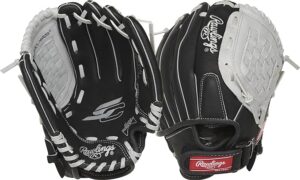
The evolution of baseball gloves parallels the development of the game itself, with early designs reflecting the need for protection and performance. In the early days of baseball, players did not use gloves, relying instead on their bare hands to catch and field the ball. However, as the game grew more competitive, players began to seek ways to protect their hands and improve their fielding skills.
The first baseball gloves were simple leather gloves with little to no padding. These early gloves were more like work gloves, offering minimal protection and little advantage in catching the ball. As the game progressed, players began to experiment with different designs, leading to the introduction of webbing between the fingers to create a pocket for catching the ball.
The introduction of padding further enhanced the protection and performance of baseball gloves. Padding was added to the palm and back of the glove to cushion the impact of the ball and provide a better grip. This innovation allowed players to catch the ball more effectively and with greater confidence.
Over time, glove materials have evolved to include a variety of materials, including leather and synthetic materials. Leather remains a popular choice for baseball gloves due to its durability and flexibility, while synthetic materials offer advantages such as lighter weight and water resistance.
Today, baseball gloves are highly specialized, with different gloves designed for different positions. Catcher’s mitts, for example, are heavily padded to protect the hand from the impact of fastballs, while first baseman’s gloves are longer and have a deeper pocket to help scoop up ground balls. These specialized gloves reflect the unique demands of each position and the importance of having the right equipment for the job.
Evolution of Baseball Cleats
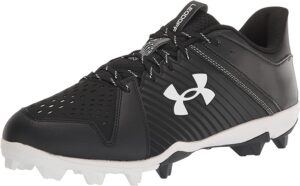
Baseball cleats, essential for providing traction and stability on the field, have evolved significantly over time to meet the demands of the game and its various playing surfaces. From humble beginnings to modern innovations, the evolution of baseball cleats has been a story of adaptation and advancement.
In the early days of baseball, players wore standard shoes with flat soles, which provided little traction on the field. As the game became more competitive, players began to seek ways to improve their grip and traction, leading to the introduction of spiked cleats. These cleats featured metal spikes on the sole, which dug into the ground to provide better traction, especially on grass and dirt surfaces.
The evolution of cleat designs continued as playing surfaces evolved. Cleats were adapted for use on different surfaces, such as grass, turf, and even artificial surfaces. Cleats designed for grass had longer spikes to dig into the soft ground, while cleats for turf had shorter, more numerous spikes to provide traction on the harder surface.
Modern innovations in cleat technology have focused on improving comfort and performance. Cleats are now made from lightweight materials that offer durability and flexibility, allowing players to move quickly and comfortably on the field. Cleat designs have also become more specialized, with different cleats for different playing positions and player preferences.
One notable innovation in cleat technology is the introduction of molded cleats, which feature rubber or plastic studs molded into the sole of the shoe. These cleats provide excellent traction on a variety of surfaces and are more comfortable to wear than traditional metal cleats. Additionally, some cleats now feature interchangeable cleat inserts, allowing players to customize their cleats for different playing conditions.
Evolution of Protective Gear

Protective gear in baseball has undergone significant changes over the years, reflecting the sport’s commitment to player safety and performance. From rudimentary helmets to modern, high-tech gear, the evolution of protective equipment has played a crucial role in shaping the game.
In the early days of baseball, players did not have access to the protective gear that is commonplace today. Catchers, in particular, were at risk of injury due to the lack of proper equipment. Early catchers wore minimal protection, such as rudimentary helmets made from leather or cloth.
The introduction of helmets and face guards in the mid-20th century marked a significant advancement in player safety. Helmets were designed to protect the head from impact injuries, while face guards provided additional protection for the face and eyes. These innovations helped reduce the risk of serious injury and allowed players to focus on their performance without fear of harm.
Protective gear for catchers has also evolved significantly over time. Early catchers wore little more than a chest protector and shin guards, which offered limited protection against fastballs and foul tips. As the game progressed, catcher’s gear became more specialized, with improved padding and materials to enhance protection and comfort.
Modern advancements in protective gear have focused on enhancing safety and performance. Chest protectors are now equipped with advanced padding and ventilation systems to reduce impact forces and improve airflow. Shin guards are lighter and more flexible, allowing catchers to move more freely behind the plate.
Conclusion
In conclusion, the evolution of equipment used in baseball games reflects the sport’s rich history and constant pursuit of excellence. From the early days of makeshift gear to the modern, high-tech equipment of today, baseball equipment has evolved to enhance player performance and safety. Innovations such as metal bats, specialized gloves, advanced cleats, and protective gear have not only changed the way the game is played but also underscored the importance of technology in sports. As baseball continues to evolve, so too will its equipment, ensuring that players have the tools they need to excel on the field for generations to come.

